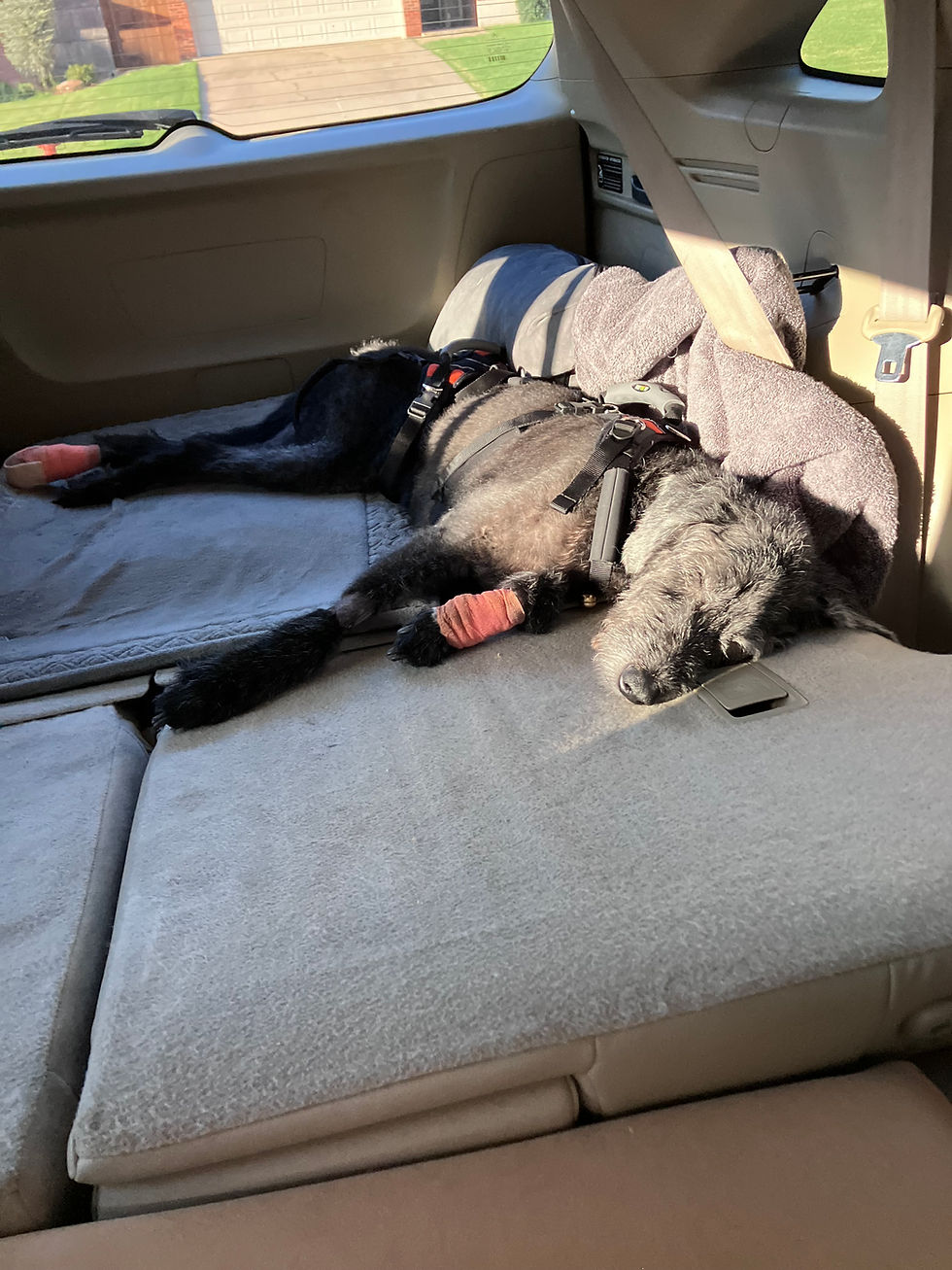What is the difference between cold laser and red light therapy?
- Josie Gimple
- Apr 8
- 2 min read
Updated: Apr 22
Low Level Laser Therapy (LLLT aka cold laser)
LLLT is a non-invasive treatment that uses low-intensity laser light to induce the healing process and thereby lower pain and inflammation. LLLT uses wavelength ranging from 600-1000nm, allowing it to reach both superficial and deeper tissues.
What is red light therapy
Red Light Therapy primarily uses LED bulbs, similar to standard household lighting, to emit therapeutic light. These LEDs typically operate at lower power levels (wattage) and within a wavelength range of 600-800nm. Due to this lower wattage and wavelength, red light therapy is limited in its ability to reach deep tissues, making it most effective for surface-level skin concerns, such as wounds.
How are LLLT and Red light therapy different?
Both laser and red light therapy use different wavelengths of light, ranging from visible red light to infrared light that we cannot see, to stimulate electrons in the mitochondria of pets’ cells. This increase in cell activity results in faster healing, better blood flow, and decreased inflammation.
The main difference between laser therapy and general red light therapy is that the Class 3b and IV lasers used in veterinary and human medical offices offer stronger and significantly more targeted treatment. Clinical models of these low-level laser devices (LLLDs), harness specific wavelengths of light that don’t produce heat. These “cold lasers” hone in on specific treatment areas—even deep in the body, like hip joints—and ensure that cats and dogs remain comfortable throughout the procedure.
Why use laser therapy?
LLLT is a painless treatment that uses light to simulate natural biological process to facilitate healing and pain reduction. Cells in the body absorb laser energy that stimulates the body to release pain relieving compounds, increases circulation and energizes the cells to participate in the healing process. There are no side effects. At times laser therapy can take the place of pharmaceuticals and surgery to treat long-term, degenerative diseases.
Low Level Laser Therapy
Different Types: Continuous Wave vs Super Pulsed
Continuous diodes deliver a constant and stable power output, ideal for most treatment situations. (2" Depth penetration)
Super pulsed laser diodes use very short pulsed of laser energy, just fractions of a second, but at very high power (up to 50Watts) to enhance laser penetration into deep tissue. By turning the laser on for a brief period at very high power, you achieve the benefit of deep penetration without the risk of heating or burning that arises when using higher power, continuous wave diodes for long periods. It has up to 5" penetration with NO RISK of burning
What can it treat?
Soft tissue Injuries
Joint issues such as Hip Dysplasia
Ligament and Tendon injuries such as CCL injuries
Wounds
And much more!
Contact us today to learn more and schedule an appointment.






Comments